- Call +84 981 237 915 Or Email
- info@nadovatours.com
5 Reasons Why International Tourists Want to Return to Vietnam
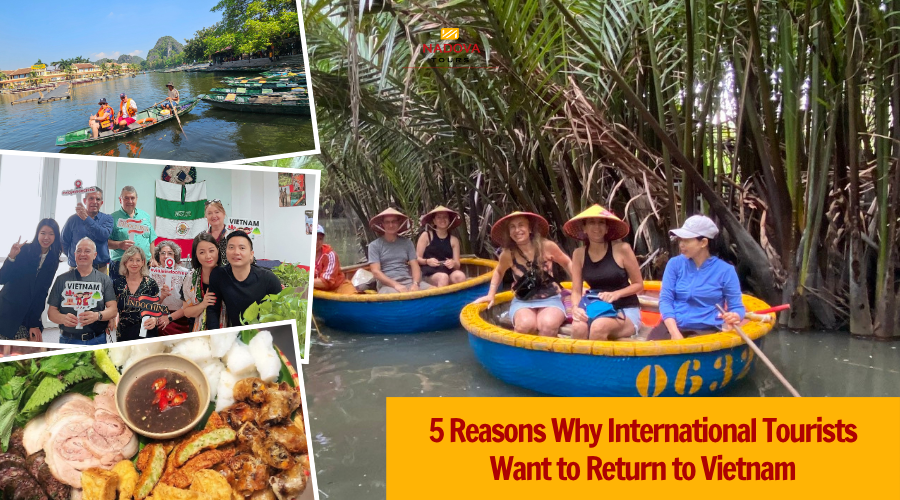
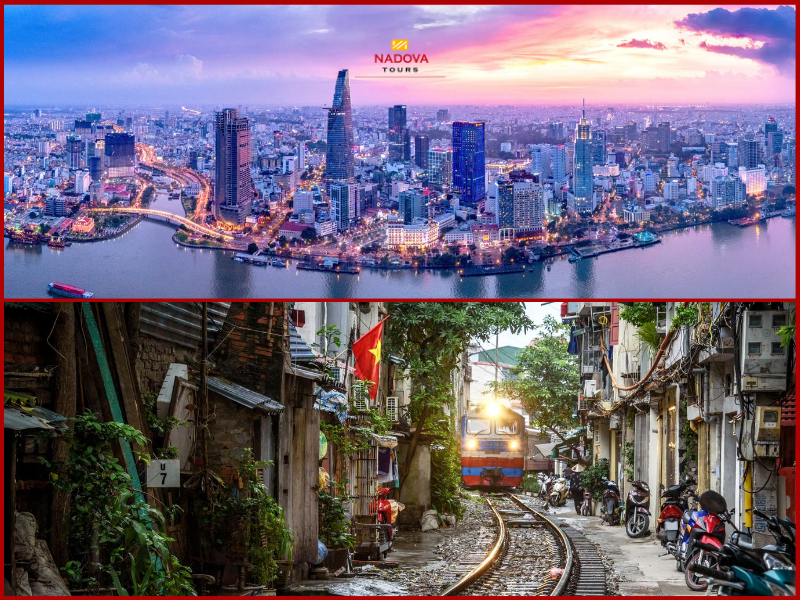
Vietnamese cuisine doesn’t need to have a Michelin star to become delicious and doesn’t need any judges to be famous. They follow the yin-yang principle and the ancestors' rice civilization, using fresh vegetables and spices, such as fish sauces, chilies, lime, garlic, ginger, pepper, and many types of herbs, to create a rich yet refreshing flavor. Their gastronomic diversity is featured by the way they cook that dish according to where they’re from, or I can say it is regional diversity.
Vietnamese cuisine is incredibly rich and diverse—from the hearty pho of Hanoi to the delicate Cao lầu of Hoi An, and the spicy Bun bo Hue of Central Vietnam. But here’s the truth: no single trip is enough to taste it all.
Every region, city, and even village has its own local specialties, secret recipes, and flavor profiles. That’s why, once you’ve had your first taste of Vietnam, you’ll feel the irresistible pull to come back. One visit won’t be enough—you’ll return again and again to truly explore the endless world of Vietnamese cuisine.
The best way to eat cuisine in Vietnam is not by going to luxury restaurants but by eating food in casual food establishments placed in their house or even on the sidewalk. By that, you could taste every chef’s skills that made it for years, which couldn’t be replaced by anyone else and can’t be judged.
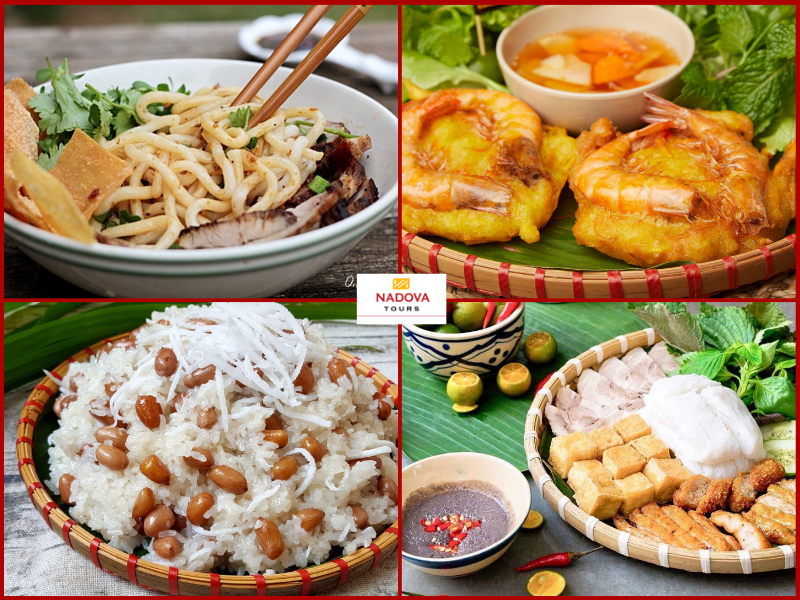
Vietnamese people lead a different lifestyle. Their vibrant culture, healthy way of life, and warmth not only draw in a lot of foreign friends who come to visit and experience a different way of life but also invite them to stay and make a lasting commitment. Foreigners are constantly amazed by the laid-back lifestyle of Vietnamese people. It is difficult to come across a nation whose citizens are both modern and open-minded while also maintaining their cultural traditions that have endured throughout the nation's lengthy history.
What makes Vietnam truly unforgettable is not only its landscapes and cuisine but also the warmth of its people. Vietnamese hospitality is unique—locals welcome travelers with open hearts, without judgment of race, skin color, or religion. Whether you are sharing tea with a family in the countryside, being greeted by friendly vendors at a market, or guided by a host in the city, you will always feel embraced and valued. This spirit of genuine kindness ensures that every visitor leaves Vietnam with not just memories but a sense of belonging. A culture deeply rooted in tradition yet open to the world, a lifestyle that blends calm with connection, and a warmth that makes strangers feel like family.
Come for the beauty, stay for the belonging.
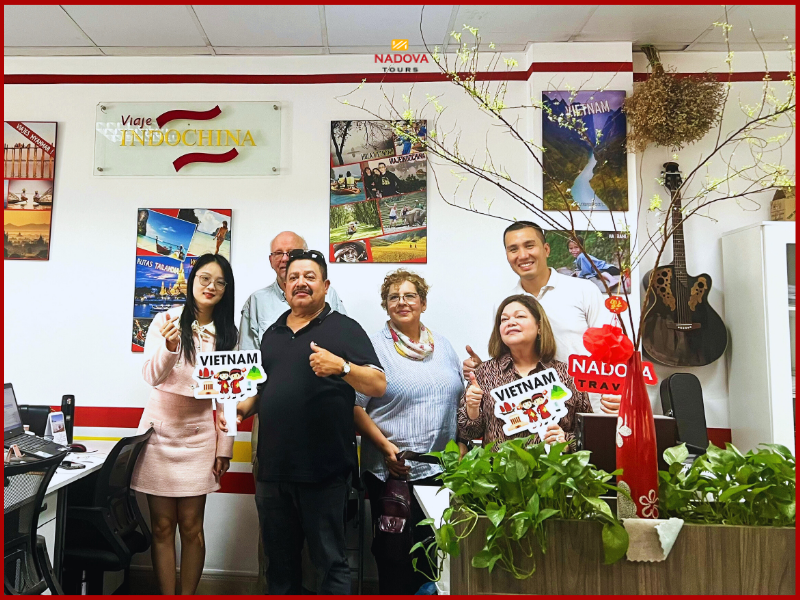
Eligible Countries: Germany, France, Italy, Spain, the United Kingdom, Russia, Japan, South Korea, Denmark, Sweden, Norway, and Finland.
Duration: Up to 45 days from the date of entry.
Conditions: You must meet all standard entry requirements.
Validity: Until March 14, 2028.
Countries: Countries like Thailand, Cambodia, Malaysia, Indonesia, Singapore, Laos, the Philippines, Myanmar, and Brunei.
Conditions: A bilateral agreement between Vietnam and your country applies, allowing for a specific period of stay.
Details: Check with the Vietnamese Embassy or Consulate in your country for specific details on duration and requirements.
Eligibility: People of Vietnamese origin, their spouses, or children.
Requirements: You need a passport with at least 6 months of validity beyond the exemption period's expiry date.
Details: You may need to apply at the Vietnamese Embassy or Consulate, and you must leave Vietnam every six months.
Eligible Groups: Official guests of high-ranking Vietnamese leaders, scientists, experts, highly skilled digital technology professionals, leading investors, and influential figures in culture, arts, sports, and tourism.
Requirements: Must meet specific criteria and be approved by Vietnamese authorities.
Details: This category has been updated by Decree 221/2025/NĐ-CP, effective August 15, 2025.
5.1. Northern Vietnam – A Land of Heritage, Tradition, and Ethnic Diversity
Northern Vietnam is the cradle of the nation's culture, home to ancient traditions and rich historical legacies. Hanoi, the thousand-year-old capital, is a vibrant intersection of French colonial architecture, deep-rooted Vietnamese heritage, and modern urban life. The world-renowned Ha Long Bay dazzles with thousands of limestone islands rising from emerald waters. Nearby, Ninh Binh—often called “Ha Long Bay on land”—features stunning karst landscapes, the Trang An Scenic Landscape Complex, and the spiritual site of Bai Dinh Pagoda.
The Northwest highlands are culturally diverse, home to ethnic groups such as the H’Mong, Dao, Tay, and more. Key destinations include Ha Giang with its Dong Van Karst Plateau, Lao Cai with Sapa and Mount Fansipan, Cao Bang known for the majestic Ban Gioc Waterfall, and Bac Kan with the serene Ba Be Lake. This region offers a mix of breathtaking natural scenery and deep-rooted folk traditions.
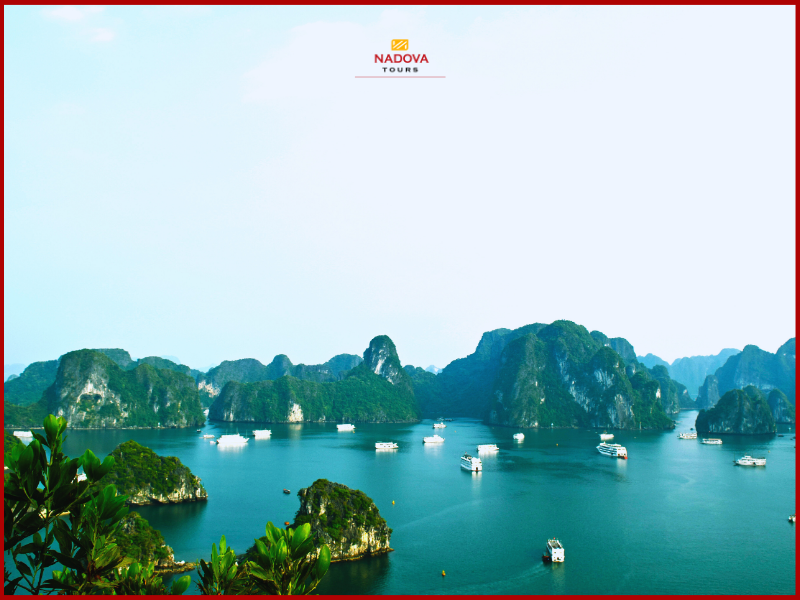
Central Vietnam is rich in imperial legacy and cultural fusion, where ancient kingdoms and modernity intertwine. Hue, the former imperial capital of the Nguyen dynasty, preserves royal architecture, imperial tombs, and traditional court music—recognized as a UNESCO Cultural Heritage. Da Nang is a vibrant coastal city, famous for the Golden Bridge, Dragon Bridge, and My Khe Beach, and serves as the gateway to Hoi An.
Hoi An Ancient Town is a unique cultural crossroads shaped by centuries of Vietnamese, Chinese, Japanese, and Western influences. Its lantern-lit streets, preserved architecture, and diverse cuisine reflect its historic role as a major trading port. Further south, Nha Trang blends Cham heritage with modern beachfront tourism, offering ancient Cham towers, beautiful beaches, and vibrant marine life.
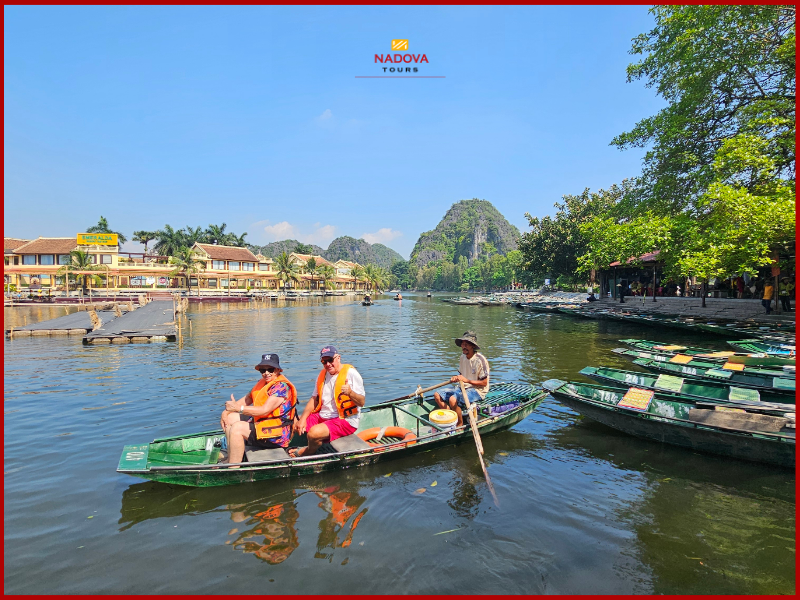
Southern Vietnam is known for its open spirit, dynamic lifestyle, and multicultural blend of traditions and modern influences. Ho Chi Minh City (formerly Saigon) is Vietnam’s largest metropolis and a true melting pot, where French colonial villas, bustling markets, and a vibrant expatriate culture coexist. The Cu Chi Tunnels, located just outside the city, are a testament to the resilience and ingenuity of the Vietnamese during wartime.
Further southwest lies the Mekong Delta, a fertile land of rivers and floating markets, where Vietnamese, Khmer, and Chinese cultures intertwine. Places like Can Tho with its iconic Cai Rang floating market, Chau Doc, Soc Trang, and Bac Lieu showcase the charm of waterway life and the warm hospitality of the southern people.
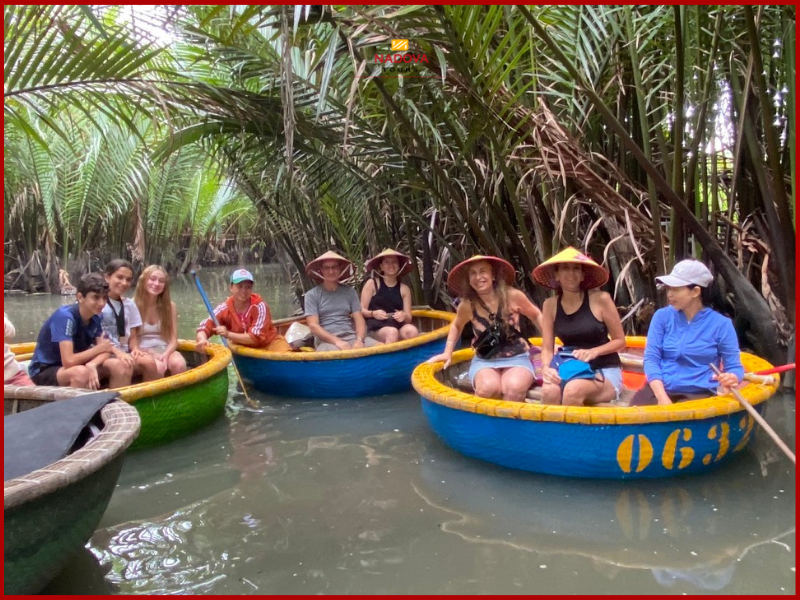
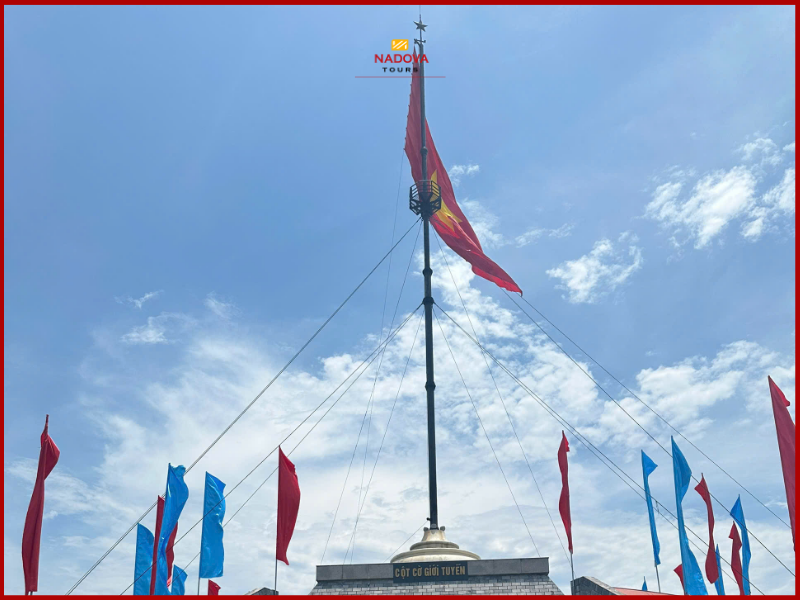
SEE TOUR: All Around Vietnam 11 days HOTLINE: +84 98 123 7915 EMAIL: info@nadovatours.com ADDRESS: The 4 floor, 59 Xa Dan street, Dong Da district, Hanoi, Vietnam |
Recent Posts
Recent articles
- Travel to Vietnam from Australia: Everything You Should Know
- Chasing the Winter Sun: The Best Beaches to Visit in Vietnam This December
- Hoa Lo Prison – A Glimpse into Hanoi’s Living History
- Cu Chi Tunnels: Step Inside Vietnam’s Underground World
- Main Principles of Vietnamese Food You Should Know
- Is It Safe to Travel to Vietnam in 2025? A Complete Safety Guide for Travelers
- Exploring Life on Cambodia’s Floating Villages of Tonle Sap Lake
- Top 5 Street Food Dishes in Hue Imperial City
- Family Travel in Vietnam: Best Places and Tips for Traveling with Kids
- Top 3 Tailors in Hoi An for Your Perfect Outfit
Tags
Support Online

Being the locals, we know the true value of our land. We always listen and arrange everything as your desire. Please kindly send us whatever about your trip, we will send you best offers quickly.





